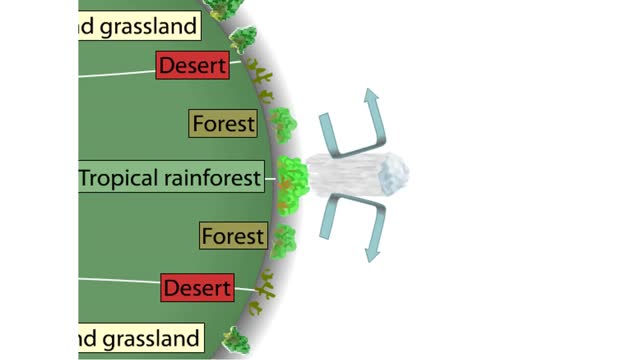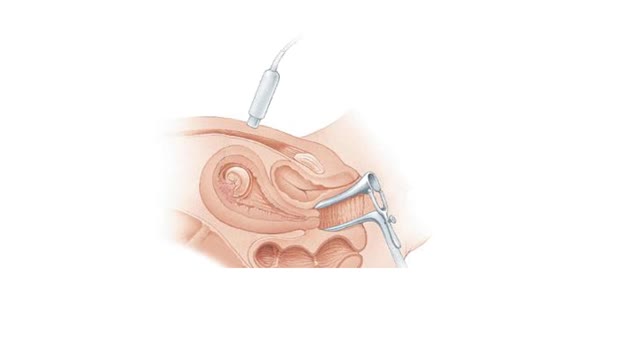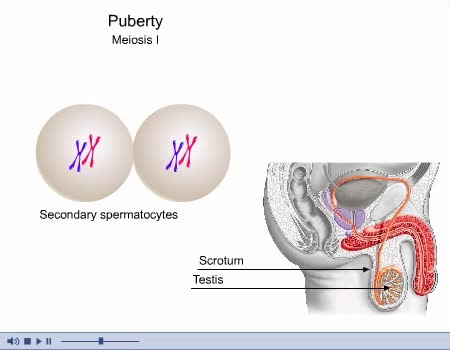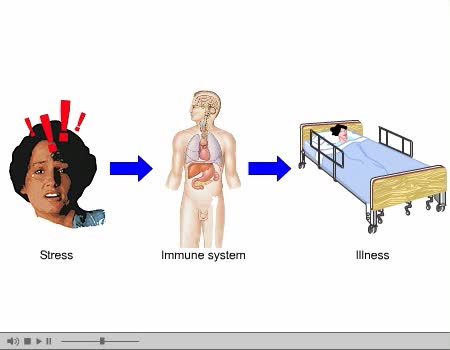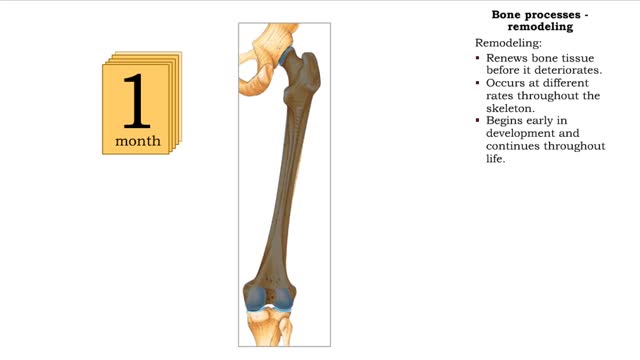Search Results
Results for: 'Cardiac muscle cells'
Four Giant Convection Cells oF Earth
By: HWC, Views: 9820
Earth Has Four Giant Convection Cells Earth's climates range from dry and cold at the poles to wet and warm at the equator. These climates are dictated largely by the amount of solar radiation that a region receives. Solar radiation warms the Earth and the surrounding air, setting up convection c...
Amniocentesis and CVS Animation
By: HWC, Views: 7517
Amniocentesis and chorionic villus sampling (CVS) are prenatal diagnostic tools. In amniocentesis, which can be performed as early as 14 weeks into the gestation period. A syringe needle is inserted through the abdominal and uterine walls to withdraw some amniotic fluid. The fluid contains...
By: Administrator, Views: 13971
Spermatogenesis is the process by which haploid spermatozoa develop from germ cells in the seminiferous tubules of the testis. This process starts with the mitotic division of the stem cells located close to the basement membrane of the tubules. These cells are called spermatogonial stem cells. T...
Stress and Immune System Animation
By: Administrator, Views: 13732
How stress and the immune system are linked. Immune response declines with age, limiting body's ability to identify and fight foreign substances. Loss of thymus cortex leads to reduced production of T lymphocytes, including T cells, NK cells, B lymphocytes. Frequency and severity of infectio...
Bone processes - resorption and deposition, remodeling and response to stress in adult bones
By: HWC, Views: 10761
• The process of remodeling bone tissues involves bone cells resorbing or depositing minerals into bone tissue. • During resorption, bone cells break down bone tissue and release calcium and other minerals for use by other cells in the body. • Bone cells also rebuild bone tissue by depo...
The Pressure Flow Model in a Plant
By: HWC, Views: 9928
The vascular system of plants has two transport tissues, called xylem and phloem. Xylem transports water and minerals, while phloem transports a variety of dissolved substances, including sugars and amino acids, throughout the plant. Water in the xylem always moves up, in the direction from th...
Carbohydrate digestion (brush border enzymes, end products) & Carb absorption (fructose, galactose)
By: HWC, Views: 10472
• Carbohydrate digestion concludes in microvilli of the small intestine, in brush border epithelial cells. Carbohydrate digestion -brush border enzymes • Four brush-border enzymes are involved: • Alpha-dextrinase breaks down alpha-dextrin chains by removing glucose units. • Sucras...
Carbon fixing adaptations Animation
By: HWC, Views: 4696
Different plants trap carbon by different pathways. Most C3 plants evolved in moist, temperate zones. On hot dry days they close their stomata to conserve water and oxygen accumulates. Under these circumstances, the enzyme rubisco uses oxygen in an inefficient reaction that competes with t...
Introduction to Sickle Cell Anemia
By: Administrator, Views: 14012
Sickle cell anemia (sickle cell disease) is a disorder of the blood caused by an inherited abnormal hemoglobin (the oxygen-carrying protein within the red blood cells). The abnormal hemoglobin causes distorted (sickled appearing under a microscope) red blood cells.
Advertisement



